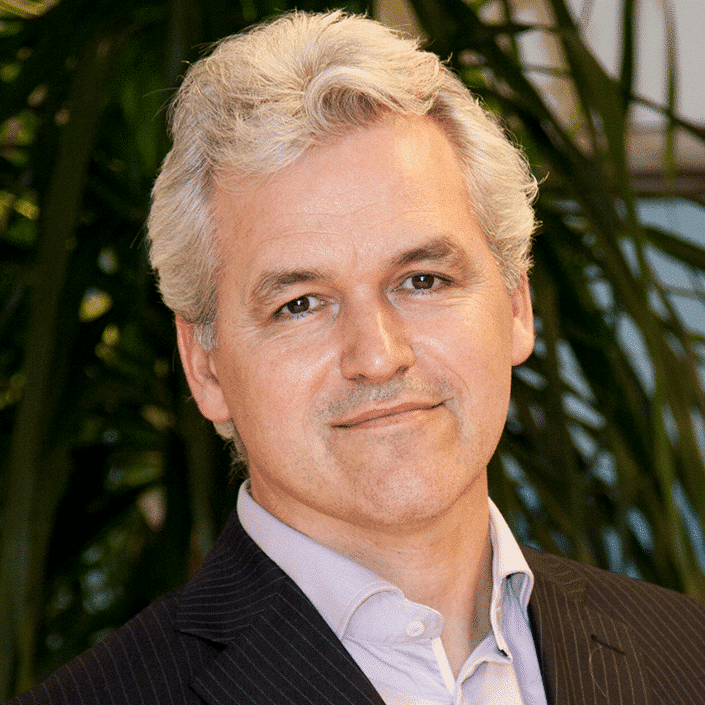Much ink has been spilled on the gap between the upper echelons and the frontline of organizations. Nevertheless, confident CEOs seize the opportunity to lead by example, setting a standard worth emulating.
In 2022, a transformative moment unfolded during a pivotal gathering of Starbucks executives at a picturesque coffee farm in Costa Rica. The conversation revolved around strategic directions and the performance of Starbucks stores worldwide. Then, Howard Schultz posed a poignant question: “Is there anyone in this room who can step with me to an espresso machine and craft a latte?” The room fell silent.
Schultz didn’t dwell on the silence; he swiftly cut to the core issue: “I don’t believe we can address the systemic challenges by relying solely on the lofty knowledge within these walls.”
This incident highlights a prevalent trend among corporate leaders, boards, and HR departments – a preference for the abstract and the general over the practical and the context-specific. It’s an assumption that administrative prowess, such as data analysis, policy setting, and compliance, takes precedence over possessing a hands-on understanding of product intricacies and customer sentiments. The notion persists that everything essential is quantifiable, and all that can be quantified can be dissected and perfected from the comforts of an executive office.
This managerialist perspective has led many leaders to distance themselves from, and sometimes disregard, the day-to-day intricacies of their organizations. It’s akin to managing from a remote control center.
Thankfully, Starbucks’ new CEO, Laxman Narasimhan, chose a different path. Before taking the helm, he dedicated six months to training at a Starbucks store. Narasimhan further reinforces this commitment through monthly meetings with frontline employees, fostering open dialogue and shared understanding. His approach embodies the ethos famously coined by management guru Tom Peters – “Management By Walking Around.”
Often, the most effective way to steer the ship is to have once been in the rowboat. Here’s to hoping that Narasimhan’s dedication will instill this principle in Starbucks and that other companies will draw inspiration from this example.
Author
-
Edwin Korver is a polymath celebrated for his mastery of systems thinking and integral philosophy, particularly in intricate business transformations. His company, CROSS/SILO, embodies his unwavering belief in the interdependence of stakeholders and the pivotal role of value creation in fostering growth, complemented by the power of storytelling to convey that value. Edwin pioneered the RoundMap®, an all-encompassing business framework. He envisions a future where business harmonizes profit with compassion, common sense, and EQuitability, a vision he explores further in his forthcoming book, "Leading from the Whole."
View all posts Creator of RoundMap® | CEO, CROSS-SILO.COM





